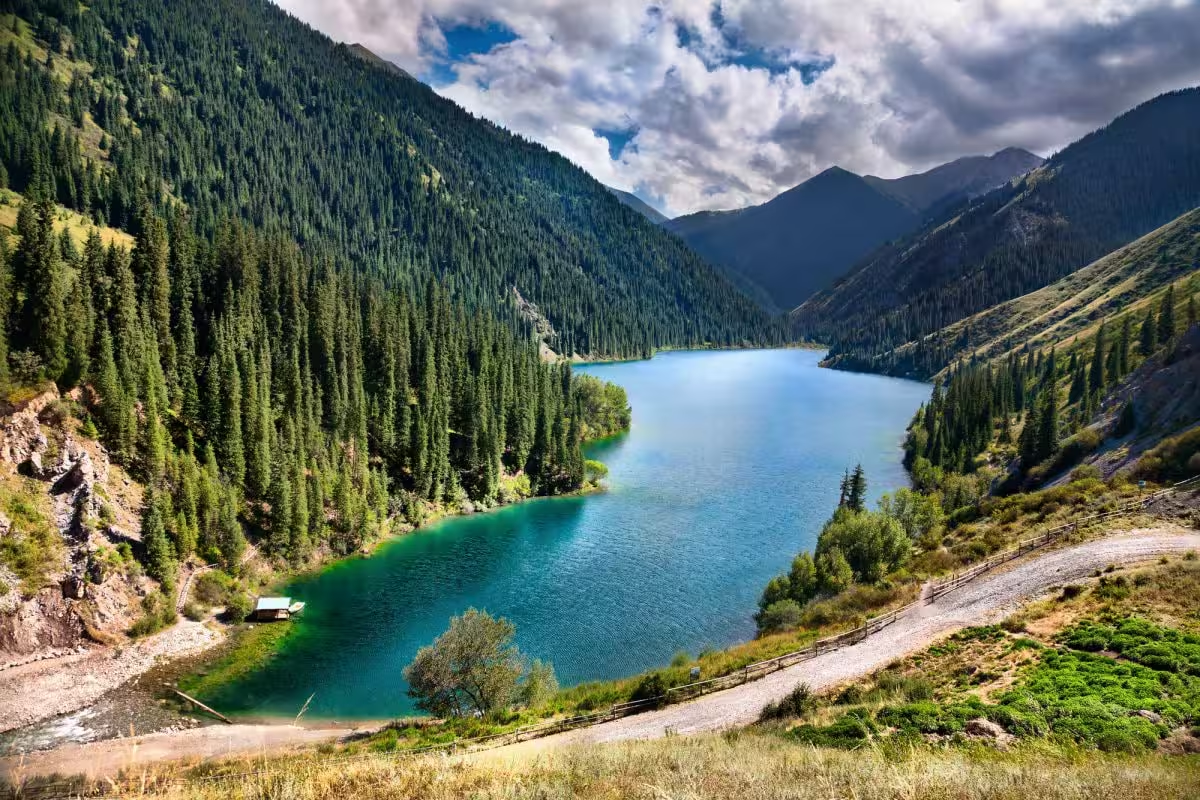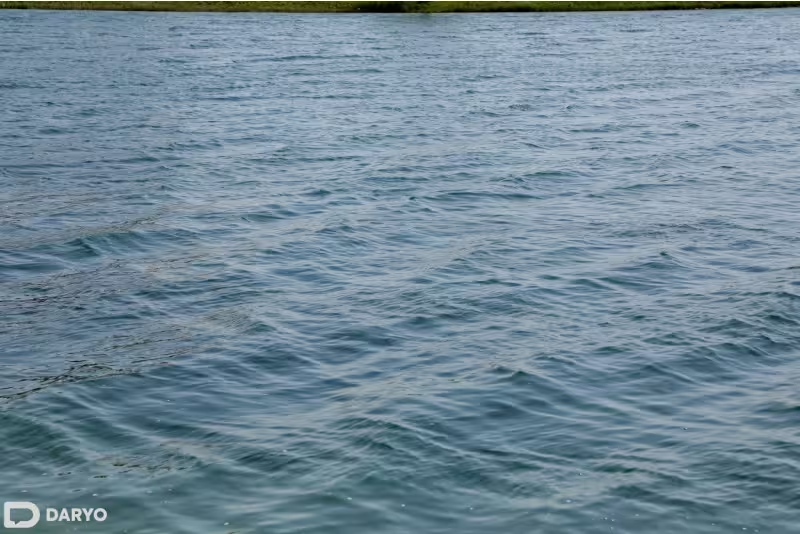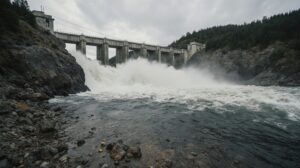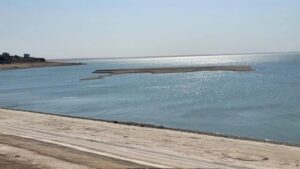The Western Tien Shan natural complex, a UNESCO World Heritage Site, is under threat from the construction of hydroelectric dams in Central Asia, warns a report by the Rivers without Boundaries coalition.

Recognized as a World Heritage Site in 2016, the Western Tien Shan complex is home to key protected areas across Kazakhstan, Kyrgyzstan, and Uzbekistan. However, at least five dams have already been built on rivers vital to the region’s ecological balance, with 15 to 40 more dams in various stages of planning and construction.
Rivers such as Chatkal, Pskem, Ugam, Koksu, Aqsu, Arys, and Sayramsu are facing increasing pressure compared to five years ago, with some projects directly impacting the World Heritage site itself. Concerns are mounting over hydropower developments within the boundaries of these protected areas.
In Kyrgyzstan, plans are underway for the Chatkal hydroelectric power plant within the Besh Aral Nature Reserve, a critical area of the Western Tien Shan. Meanwhile, gold mining along the Chatkal River is contributing to environmental degradation in the Chatkal Valley.
In Kazakhstan, a cascade of hydroelectric power plants and a proposed water pipeline are planned for the Ugam River, which flows through the Sayram-Ugam National Park, part of the Western Tien Shan. Several small hydropower plants are also planned for rivers that feed into the Arys River basin.
Uzbekistan is moving forward with the construction of the Lower Chatkal hydroelectric power plant downstream of the Besh Aral Reserve. This development poses a direct threat to the upper portions of the Western Tien Shan, potentially flooding parts of Kyrgyzstan’s UNESCO-listed territory.
Additionally, a large hydropower cascade on the Pskem River could harm the Ugam-Chatkal National Park, while the recently completed Ugam hydroelectric cascade in Uzbekistan has disrupted essential habitats for a World Heritage site in Kazakhstan.
“We are witnessing a disturbing trend where short-term economic interests, particularly in hydropower, are taking precedence over the long-term preservation of our planet’s unique natural heritage. The scale of proposed dam constructions demands immediate action from the UNESCO World Heritage Committee and the international community,” Eugene Simonov, coordinator of Rivers Without Boundaries, expressed concern over the situation.

Environmentalists argue that the construction of these dams is fragmenting critical river and terrestrial ecosystems, putting various species at risk of extinction. Among those threatened are the endemic Chatkal tortoise (Cottus jaxartensis), the naked tortoise (Cottus nudus), other local fish species, and even the snow leopard (Panthera uncia).
The proposed dams within the Besh Aral Reserve and the Sayram-Ugam National Park directly threaten the integrity of the World Heritage Site.
“Hydropower plants are severely damaging aquatic ecosystems, particularly rare fish species. The cumulative effect of these projects will result in the complete loss of biodiversity. These developments must cease immediately, and an independent environmental assessment is urgently needed,” said Alexander Kolotov, regional director of Rivers Without Boundaries.
Environmental groups contend that the ongoing hydropower projects violate international commitments made by the countries of the region under the World Heritage Convention, the Aarhus Convention, and the Espoo Convention.
In response to the escalating threat, the Rivers Without Boundaries Coalition has called for the Western Tien Shan to be added to the List of World Heritage in Danger. This request will be presented to the UNESCO World Heritage Committee at its 47th session in July 2025.




